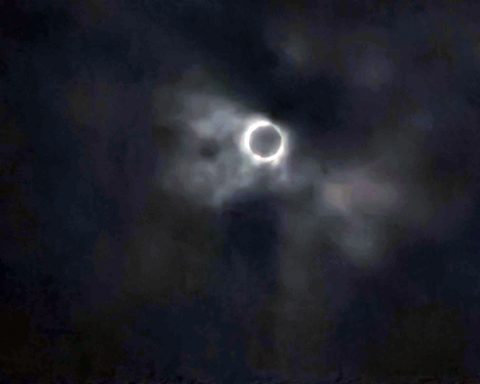The first convention I attended was for Goldwater in 1964. The national convention was contested—Goldwater had not won a majority of delegates before the convention. Same drill in 1968 in Chicago, candidate Humphrey was chosen at the convention, as Gerald Ford was in 1976 over Reagan. Not coincidentally, the winners of these messily contested conventions all went on to lose in the general election.…
Chip Northrup
Iron String Press reached out to Otsego County leaders and readers for their thoughts on Saturday’s shooting and repercussions to the nation and to society moving forward. Here is what those who responded had to say:…
How does our citizenship effect changes in our own political system, so that we can enjoy a fairer, smarter democracy such as our allies have?…
If the party leader is incapable of being effective in open debate, new elections are held and they are replaced. Under such a system, both Trump and Biden would be replaced. Without teleprompters, they appear for what they are: a buffoon and a dotard.…
Hom’s vision, inspired by the Storm King outdoor sculpture museum, was made a reality by the meticulous work of master builder Luke Wykoff and Glimmerglass Festival veterans Joel Morain and Abby Rodd.…
The lake is very shallow north of the alluvial fan of the Brookwood Creek delta. That swampy area is not a good place to launch a kayak or a rowing shell. At full bloom, the weeds and lily pads are a challenge in a rowing shell. Rowing through lily pads involves cutting them up, a lose-lose proposition.…
One of the topics our readers seem most interested in is Bassett Healthcare Network, and their questions and comments run the gamut—from health concerns, to financial stability, to staffing and housing shortages.…
People all over the lower 48 United States enjoyed the eclipse at varying phases on Monday, April 8, including Chip Northrup in Texas (photo above by Rob Cooper, Dallas) and Wriley Nelson in Pulaski (bottom below by Wriley Nelson). There won’t be a total solar eclipse that passes over the United States again until 2045.…
...maybe Mrs. Thompson can turn Bassett around. To quote Margaret Thatcher: “If you want something said, ask a man; if you want something done, ask a woman.”…
The difference is that Foothills hosts a variety of performances—including the Met—year round. The Glimmerglass facility is open for 28 days this year, or less than 33 percent of the summer season.…








